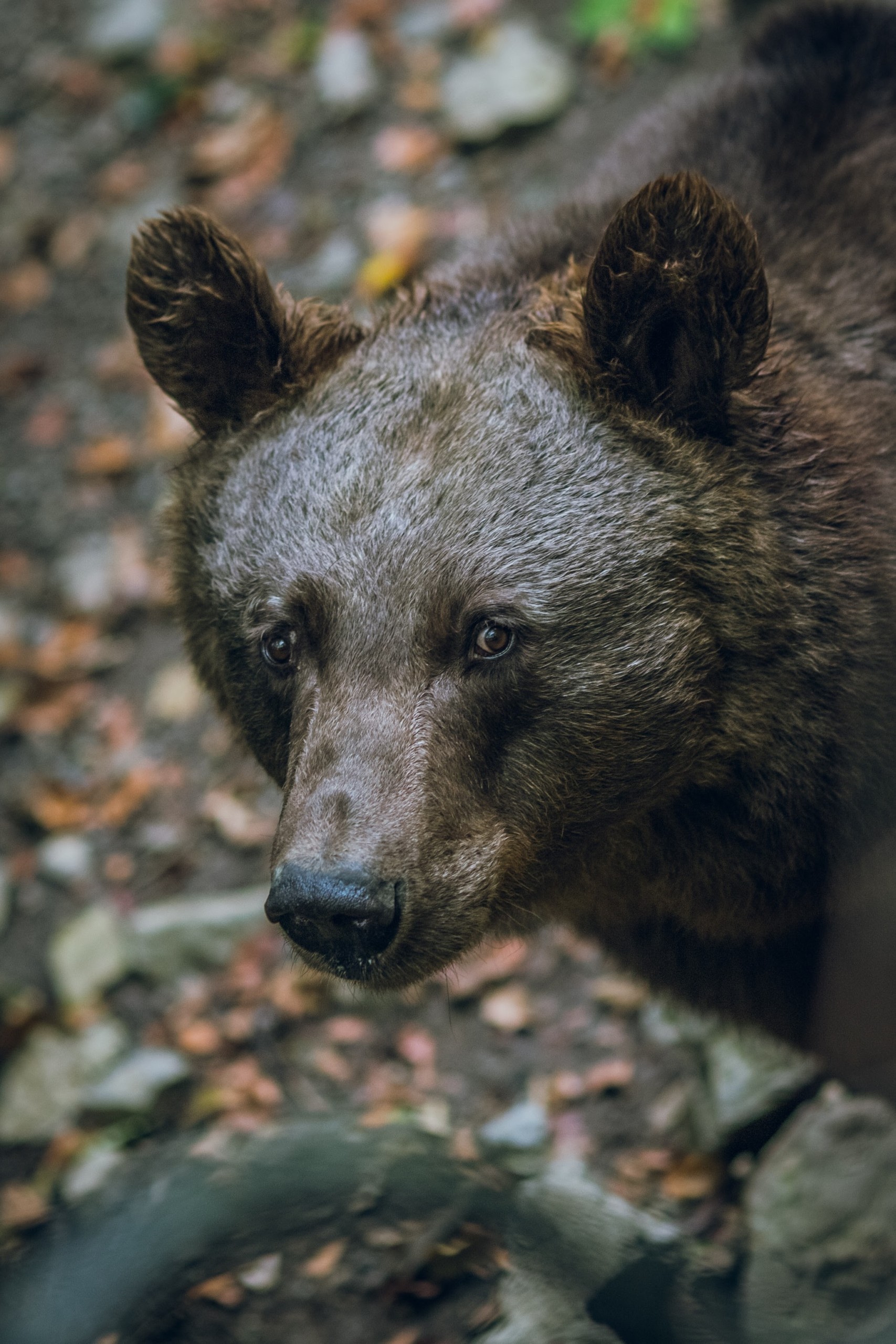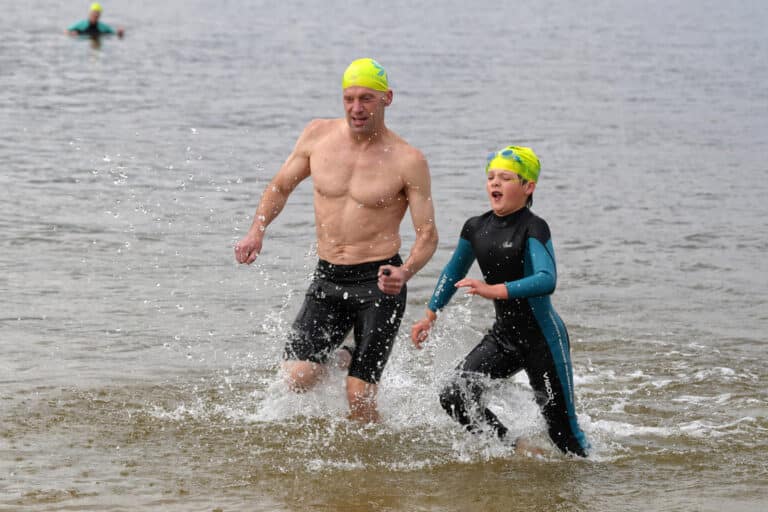Lisa Stewart is curator at Appalachian Bear Rescue (ABR) in Townsend, Tenn., near Great Smoky Mountains National Park. ABR admits injured and orphaned cubs captured by wildlife officers from all over the Eastern U.S., rehabilitates them, and releases them into their home sites. The rescue has helped 100 black bears since admitting their first cub in 1996.
What’s the chance of seeing a black bear in the wild during the winter?
Black bears do not really hibernate in the South. We call it a winter’s nap instead. Males may be on the move all winter, while female bears den if they’re having cubs. But black bear movements do slow down in the winter, so their bodies can handle the lack of available food.
How fast can a black bear run? Could I outrun one on a mountain bike?
Black bears can run up to 35 miles per hour. And they can run as fast uphill as they can downhill. They’re very agile, climbing trees quickly and scaling down them like a fireman on a pole.
What sort of dens do black bears establish in the Southern Appalachians?
Most female black bears and their cubs will reside in trees because it’s safer. Otherwise, they’ll take to caves, abandoned dens of other animals, or dig an underground den. Male bears will go from one day bed to the next, sleeping in giant “bird’s nests” of sticks and grass. Black bears can have a feeding range up to 10 square miles that they’ll travel daily. Generally, they stick to a five-mile area surrounding their den.








